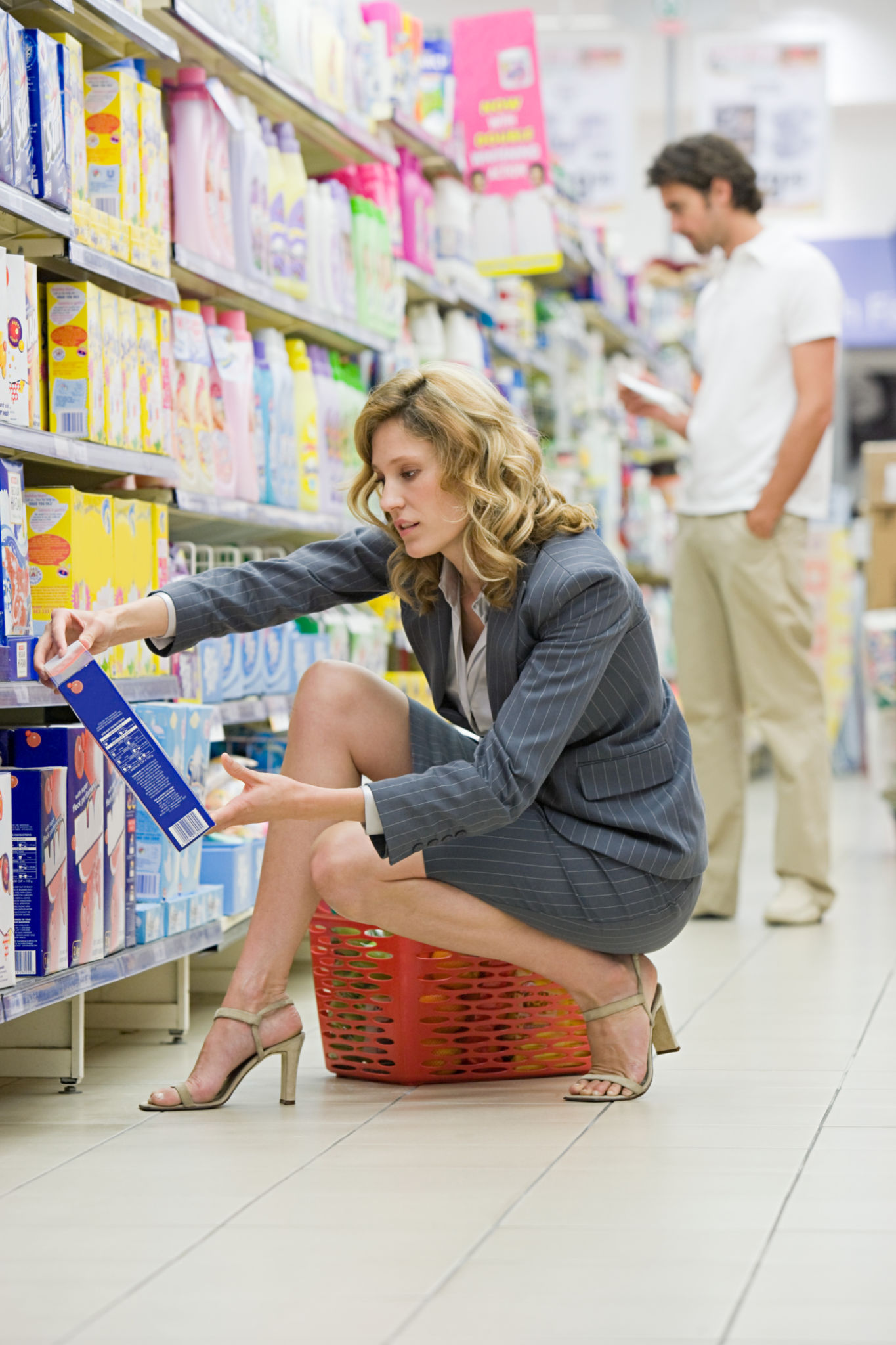Common Cleaning Mistakes and How to Avoid Them
Introduction to Common Cleaning Mistakes
Cleaning your home may seem straightforward, but many people unknowingly make mistakes that can reduce their cleaning efficiency or even cause damage. Understanding these common pitfalls and learning how to avoid them can make your cleaning routine more effective and less time-consuming.

Using the Wrong Cleaning Products
One of the most frequent errors is using the wrong cleaning products for specific tasks. For instance, using a glass cleaner on wood surfaces can damage the finish. Always read labels and ensure you're using a product suited for the material you’re cleaning. Consider eco-friendly options to reduce chemical exposure in your home.
How to Choose the Right Products
To select the appropriate products, identify the type of surface you need to clean and research suitable cleaners. Opt for multipurpose cleaners for efficiency, but ensure they are safe for all intended surfaces. Keeping a well-organized cleaning kit with the right tools can also help streamline the process.

Neglecting to Dust Before Vacuuming
Dusting is a crucial step that many people skip before vacuuming. Dusting first allows you to capture particles that may settle on the floor, ensuring your vacuuming is more effective. Remember to use a microfiber cloth or an electrostatic duster to trap dust rather than just moving it around.
Best Practices for Dusting
Start dusting from the top of a room and work your way down. This ensures any dust that falls is cleaned up later with the vacuum. Pay attention to often-overlooked areas like ceiling fans, blinds, and baseboards. Regular dusting can significantly improve air quality in your home.

Overlooking High-Touch Surfaces
High-touch surfaces such as doorknobs, light switches, and remote controls are often forgotten during regular cleanings but are hotspots for germs. Regularly disinfecting these areas is essential, especially during flu season or when someone in your house is ill.
Effective Disinfection Tips
Use disinfectant wipes or sprays specifically designed to kill germs on high-touch surfaces. Allow the disinfectant to sit for the recommended contact time to ensure maximum effectiveness. Incorporating this step into your weekly routine can help maintain a healthier living environment.

Using Dirty Cleaning Tools
Using dirty mops, sponges, or cloths can spread dirt and bacteria rather than clean them. It's crucial to regularly clean and replace these tools to ensure they are effective. For example, wash microfiber cloths after each use and replace sponges every few weeks.
Maintaining Clean Tools
To keep your tools in top condition, rinse them thoroughly after each use and allow them to dry completely to prevent mold growth. Consider having multiple sets of cleaning tools so you always have fresh ones ready for use. Investing in quality tools can also improve your cleaning results.
